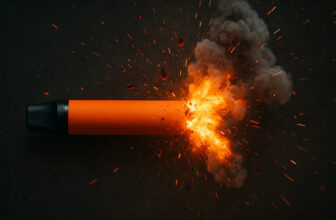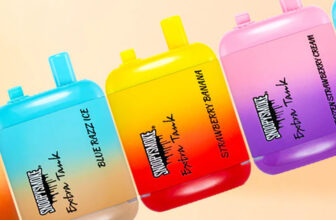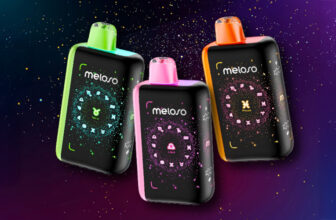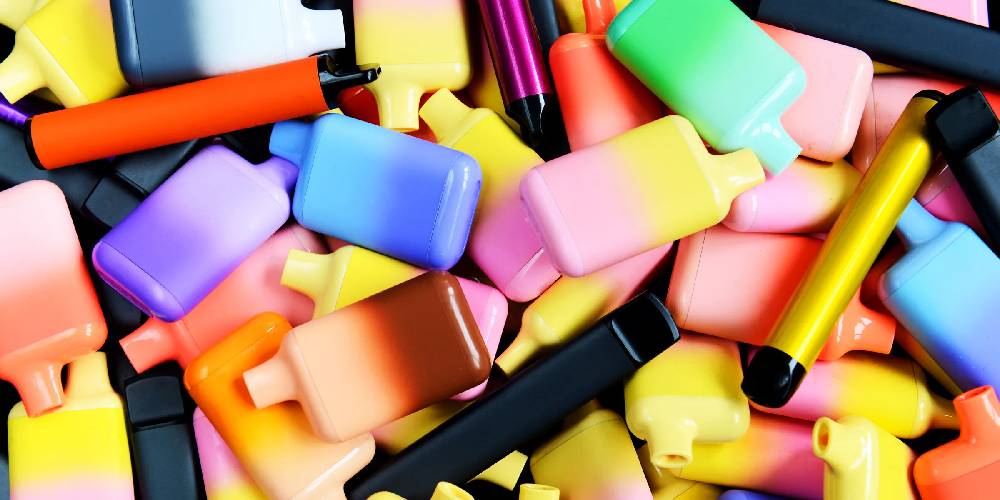
When you pick up a disposable vape, it might seem like a simple gadget that delivers flavor and nicotine at the pull of a draw. In reality, these pocket-sized devices are built with a surprising amount of engineering packed into their slim shells. Understanding how they’re constructed gives you insight into why they work the way they do, how to get the most out of them, and what to expect when they finally run out.
In this breakdown, I’ll walk through the main components, explain how they interact, and answer some of the most common questions people ask about disposables and how to use them. Keep in mind, most disposable vapes are relatively the same, even a nicotine free vape will operate and perform in the same way.
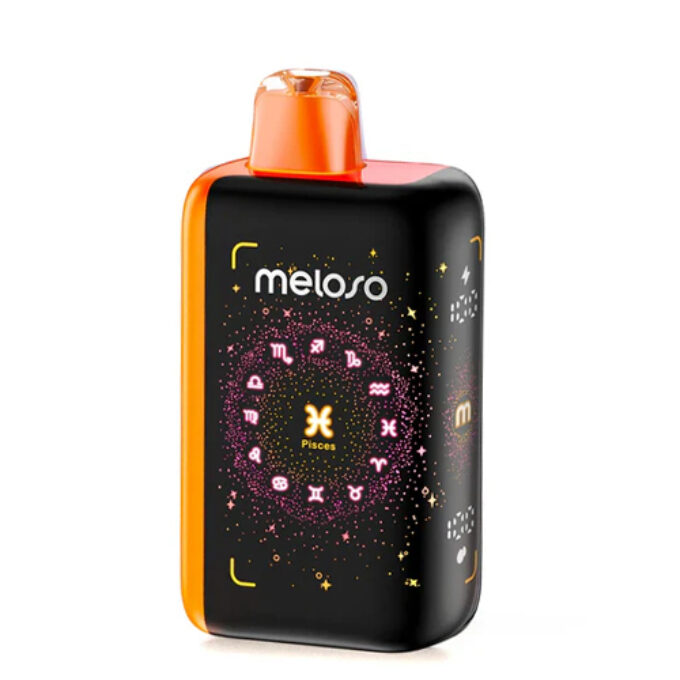
The Anatomy of a Disposable Vape
Outer Housing and Mouthpiece
The casing is often plastic or aluminum, designed to be lightweight and portable. The mouthpiece is shaped for comfortable airflow and smooth inhales.
Lithium-Ion Battery
Every disposable is powered by a small rechargeable or single-use lithium-ion battery. Rechargeable models include USB-C or micro-USB ports for topping up power until the e-liquid is finished.
Airflow Sensor and Chipset
A pressure sensor activates the device automatically when you inhale. The chipset controls power delivery and includes safety cutoffs to prevent overheating.
Coil and Wick System
A metal coil or mesh heats the cotton wick soaked in e-liquid. As the coil warms, it vaporizes the liquid into an aerosol for inhalation.
E-Liquid Reservoir
Instead of refillable tanks, disposables contain a sealed reservoir. Some use saturated cotton, while others feature a chamber of liquid. Once empty, the vape is no longer usable.
Indicator Light
An LED at the base or inside the device signals activation, low battery, or when the liquid is depleted. Many advanced disposables available today may also have a display screen that monitors puff activation, battery, and e-liquid levels.
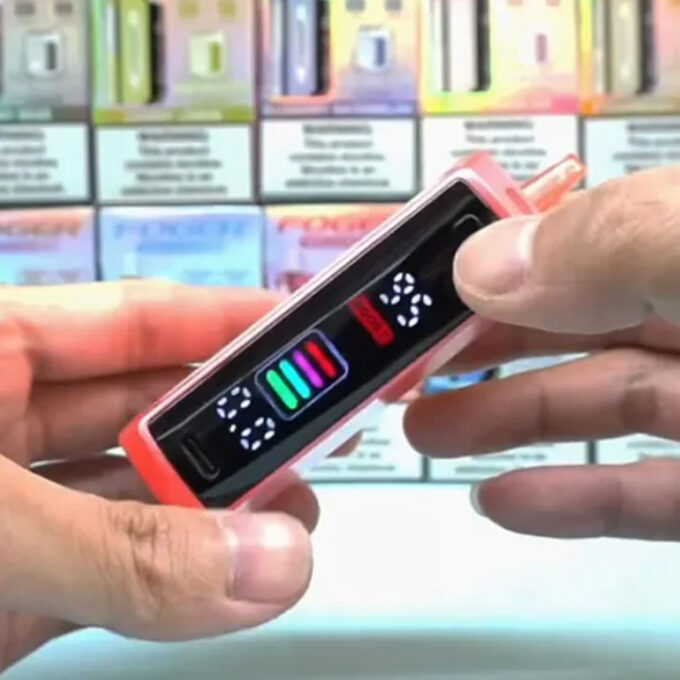
How It Works: From Puff to Vapor
- You inhale through the mouthpiece, creating air pressure changes.
- The airflow sensor signals the chipset to activate.
- The battery powers the coil or mesh heater.
- The wick delivers e-liquid to the coil, producing vapor.
- The vapor travels through the airflow channel into your mouth.
Everything happens automatically in a split second, which is why disposables are so user-friendly.
Frequently Asked Questions About Disposable Vapes
How do you use a disposable vape?
Simply open the packaging, remove any silicone caps, and inhale through the mouthpiece. No buttons or settings are required.
How long do they last?
The lifespan depends on puff count, liquid volume, and battery capacity. Some last 600 puffs, while newer models can go 20,000+ puffs, and even up to 50,000+ puffs.
Can you recharge a disposable?
Some are single-use, while others include USB-C or micro-USB charging ports for multiple recharges until liquid runs out.
Can you refill a disposable?
No. They’re sealed and designed for one-time use. Attempting to refill them risks leaks and damage.
Why is my disposable vape blinking?
A blinking light usually means the battery is low or the liquid is finished. Rechargeable models should be plugged in first before discarding.
Why does it taste burnt?
This happens when the wick is dry and the coil scorches the cotton. At that point, the device should be replaced.
What’s inside the e-liquid?
Most contain propylene glycol (PG), vegetable glycerin (VG), food-grade flavorings, and nicotine. Some variations are nicotine-free.
Do disposables expire?
Yes. The shelf life is around one to two years, depending on storage conditions. Nicotine and flavorings degrade over time.
Are disposables safe?
They are marketed as alternatives for adult smokers but are not risk-free. They deliver nicotine and should only be used by adults.
How do I fix one that won’t hit?
Check that all plugs are removed, make sure airflow isn’t blocked, and recharge if possible. If it still won’t work, the device is finished.
Tips for Getting the Most Out of Your Disposable
- Take slow, steady puffs instead of sharp pulls.
- Store your vape in a cool, dry place.
- Avoid charging overnight to protect the battery.
- Recycle responsibly following e-waste guidelines.
Device-Specific Guides
Some premium disposables feature extra settings like airflow control or on/off functions. For instance, you may need guidance on how to turn off nexa vape if the device has advanced features. Similarly, you can rely on a foger vape manual for detailed instructions about charging, airflow, or maintenance. These exceptions highlight that while most disposables are simple, a few models provide additional control options.
Final Thoughts
Disposable vapes are engineered to be simple and effective. With a compact design that balances battery, coil, and e-liquid, they deliver consistent performance until the last puff. By understanding their construction, you’ll know what to expect, how to troubleshoot, and how to maximize their lifespan safely.




